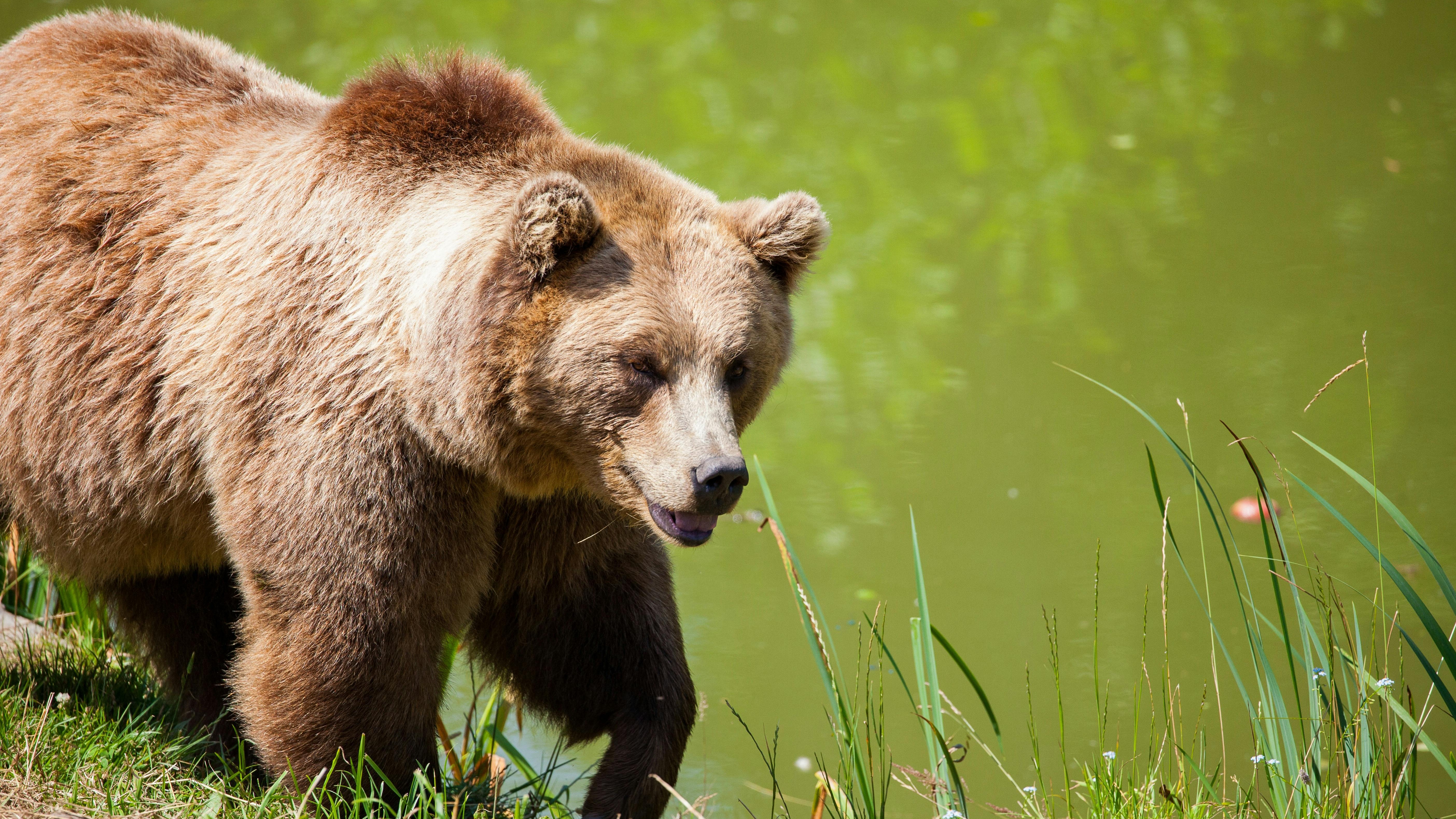
What Happens When Humans and Polar Bears Interact?
Polar bears, majestic and powerful creatures, primarily inhabit the Arctic regions and are known for their strength and hunting prowess. But what happens when polar bears and humans cross paths, especially in research settings? A recent incident at a research camp illustrates the precarious nature of such interactions. In an astonishing report, a researcher detailed how he escaped what could have been a fatal encounter with a polar bear, raising questions not only about safety but about our relationship with wildlife.
Understanding Wildlife Encounters and Safety
The attack underscores the need for proper protocols when working in environments inhabited by large predators. Researchers have a responsibility not just to collect valuable data but also to ensure their safety. The researcher’s experience has prompted discussions in the scientific community about wildlife encounter strategies, emphasizing the importance of training and effective deterrents.
The Importance of Wildlife Conservation
As polar bears face diminishing ice habitats due to climate change, their interactions with humans are becoming more common. Addressing climate change not only aids animal habitats but also reduces potentially dangerous encounters. Wildlife conservation plays a vital role in ensuring that both animals and humans can coexist safely. It reminds us of our duty to protect these species and their environments with sustainable practices.
The Psychological Effects of Wildlife Encounters
Encounters with dangerous wildlife can lead to significant psychological impacts. Those who experience such situations often carry the emotional weight long after the event. The researcher’s story is not just about survival; it’s also about facing fears head-on and managing the trauma that may accompany such harrowing experiences. Understanding these mental health aspects can help in developing better support mechanisms for individuals working in high-risk environments.
Learning from Nature: Broader Perspectives
The polar bear scenario serves as a microcosm of broader issues in wildlife interactions. For homeowners and communities in the MidSouth, understanding how to coexist with local wildlife, whether that's raccoons, deer, or nuisance animals, is equally essential. This connection highlights the need for awareness about wildlife behaviors, local ecology, and preventive measures.
Taking Action: What You Can Do
Awareness is the first step in ensuring safety for both humans and wildlife. Here are some practical tips:
- **Educate Yourself:** Learn about the wildlife that inhabits your area and their behaviors. This can help you take proper precautions.
- **Secure your Environment:** Ensure that your home is wildlife-proof. Use bear-proof trash bins and secure your garden to avoid attracting unwanted guests.
- **Get Involved:** Participate in local conservation efforts or wildlife awareness programs. These initiatives often provide essential information and foster a sense of community around environmental stewardship.
Conclusion: The Power of Awareness and Education
This polar bear encounter serves as a powerful reminder of the delicate balance between human activity and nature. For homeowners in the MidSouth, understanding these dynamics can lead to safer and more harmonious living conditions. Awareness, education, and proactive measures are key in fostering a respectful coexistence with all creatures. By taking small steps, we can create safer environments for ourselves and our local wildlife.
Are you ready to improve your relationship with nature? Dive deeper into the world of wildlife and explore ways to create a safer environment for you and your surroundings!
 Add Row
Add Row  Add
Add 



 Add Row
Add Row  Add
Add 
Write A Comment